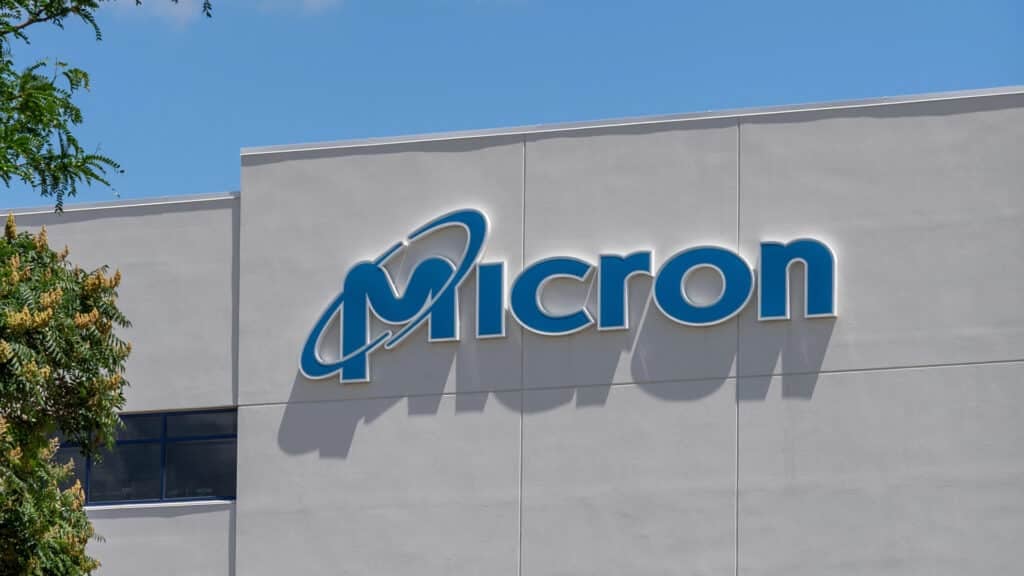Recently Adobe (Nasdaq: ADBE) made an announcement that shook the tech industry: a merger agreement to acquire Figma, a collaborative design platform, to the tune of $20 billion. Yes, you read that correctly: $20 billion. The announcement wasn’t received as well as Adobe may have anticipated. Despite beating revenue and profit expectations, the stock market rewarded Adobe by pushing its shares down to their lowest level in nearly three years. Turns out tech deals don’t garner a lot of investor confidence right now. But this one should, and I’ll tell you why.
First, this isn’t an investment endorsement. What I can tell you from a tech perspective is that collaboration is a necessity right now. Yes, companies need collaboration tools for their employees who are now working remotely more than ever before. But tech companies also need to be collaborating to advance at the pace that users now expect them to. There is no sitting still in today’s tech space, and Adobe knows it. Investing in Figma is Adobe’s way of securing its own future.
Adobe and Figma: The Deal
As a refresher, the Adobe/Figma deal was the highest-multiple cloud-scale SaaS deal ever, and I’m pretty sure it’s the second-largest SaaS deal overall, as well. The $20 billion half-stock, half-cash transaction raised some eyebrows. Figma’s estimated revenue for 2022 is $400 million. That means Adobe paid 50x Figma’s expected revenue to add Figma’s capabilities to its portfolio. A lot of people thought Adobe went too far to justify this valuation. While I do believe the deal was rich given the current macro environment, I’m not one of those people. In fact, from a tech perspective, I think it was a pretty smart move.
I recently sat down with Ashley Still, Senior Vice President Digital Media/Marketing, Strategy & Partnerships for Adobe to discuss the deal.
Adobe and Figma: Why it makes Sense
Yes, $20 billion is a lot of money. But Figma is on a winning trajectory and its capabilities dovetail nicely with Adobe’s. Though it was founded in 2011, Figma didn’t get to product until five years later. It delivered its first revenues in 2017. My point here isn’t that Figma had a slow start but rather that its growth is astounding. Going from zero to $400 million in five years is beyond impressive. The average cloud-scale SaaS takes that same time to hit just $10 million. In layman’s terms, Figma is on to something.
Figma’s mission is to increase team collaboration in visual design by making it accessible to everyone. It pioneered product design on the web — an unheard-of proposition when it first came to market. Now, it’s making it possible for anyone designing mobile and web apps (i.e. literally every company, influencer, brand ambassador, etc.) to experience multi-player workflows and impressive design without a lot of tech background. No more coding. No more complications — just easy, interactive design in one location. Think “WYSIWYG” of the early 2000s, but for more complex apps and purposes.
Where Figma has the benefit of that startup feel with a lightweight, UI-focused platform, Adobe has AI experience, an expansive partner network, impressive product breadth and overall name recognition. All of these aspects will benefit Figma nicely, likely taking their offerings to the next level.
Given Adobe’s profile as the design portfolio, the partnership seems like a no-brainer. Rather than designing alone, entire teams can work together to make notes, brainstorm, share ideas, and create the best absolute product, app, or website imaginable. And, they can do it faster, which is a huge bonus in today’s content-driven marketplace. It seems like no two companies will be able to accomplish what Adobe and Figma can do together.
Adobe and Figma: Why the Deal will make Money—Eventually
As I mentioned above, collaboration is the name of the game today. We saw that with Slack’s new Canvas launch, announcement, and I suspect we’ll continue to see it in the coming years as businesses continue to demand new ways to keep teams connected. Figma gives creative teams a way to collaborate that they’ve honestly never had before. It goes way beyond a shared network file. It’s a fully shared design experience. That’s something no one else is offering, and it’s clear that people want it. Figma has a 150 percent net customer retention rate. It’s making 90 percent gross margins. Its growth isn’t just high, it’s organic. That’s a winning partner, even in a fragile economic climate.
And whether Adobe paid too much to acquire Figma isn’t really the issue here. In a tight tech marketplace that thrives on innovation, Adobe was playing the long game and if the current trajectory of Figma is any indicator of the long-term value of this business it may be argued that Adobe couldn’t afford not to do this deal.
Disclosure: Futurum Research is a research and advisory firm that engages or has engaged in research, analysis, and advisory services with many technology companies, including those mentioned in this article. The author does not hold any equity positions with any company mentioned in this article.
Analysis and opinions expressed herein are specific to the analyst individually and data and other information that might have been provided for validation, not those of Futurum Research as a whole.
Other insights from Futurum Research:
A Deep Dive into Adobe’s Acquisition of Figma – Futurum Tech Webcast Interview Series
Adobe Q3 Revenue Hits $4.4B, Up 13% YoY for FY2022
An Inside Look at Adobe’s Digital Economy Index – Futurum Tech Webcast Interview Series
Image Credit: Tech Monitor
Author Information
Daniel is the CEO of The Futurum Group. Living his life at the intersection of people and technology, Daniel works with the world’s largest technology brands exploring Digital Transformation and how it is influencing the enterprise.
From the leading edge of AI to global technology policy, Daniel makes the connections between business, people and tech that are required for companies to benefit most from their technology investments. Daniel is a top 5 globally ranked industry analyst and his ideas are regularly cited or shared in television appearances by CNBC, Bloomberg, Wall Street Journal and hundreds of other sites around the world.
A 7x Best-Selling Author including his most recent book “Human/Machine.” Daniel is also a Forbes and MarketWatch (Dow Jones) contributor.
An MBA and Former Graduate Adjunct Faculty, Daniel is an Austin Texas transplant after 40 years in Chicago. His speaking takes him around the world each year as he shares his vision of the role technology will play in our future.





